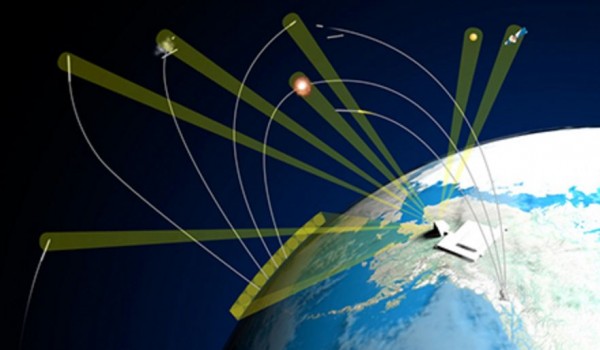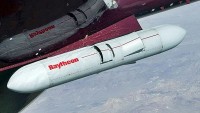Production of US Long Range Discrimination Radar to Begin this Year
| Arthur Dominic Villasanta | | Apr 23, 2017 10:13 PM EDT |
(Photo : USAF) Long Range Discrimination Radar.
Production of the U.S. Air Force's new Long Range Discrimination Radar (LRDR) -- the key system that will protect the U.S. from future ballistic missile attacks -- will begin later this year.
The LRDR will be deployed to Clear Air Force Station in Alaska in 2020. Clear AFS is a radar station for detecting incoming intercontinental ballistic missiles and submarine-launched ballistic missiles launched by Russia. It also provides space surveillance data to the U.S. Air Force Space Command's Space Control Center.
Like Us on Facebook
The air force said LRDR, which is being developed by Lockheed Martin, recently passed the preliminary design review phase. This means the radar has moved past the developmental stage and is ready for production.
LRDR will be the backbone of America's future anti-ballistic missile defense.
It's a Gallium Nitride (GaN)-based, solid-state Active Electronically Scanned Array (AESA) long-range radar that will provide precision metric data to improve ballistic defense discrimination and replace existing sensors in the Ballistic Missile Defense System (BMDS).
LRDR combines proven solid-state radar technologies with proven ballistic missile defense algorithms, all based upon an open architecture platform capable of meeting future growth.
This very large and powerful radar will support the ballistic missile defense system, primarily for the Ground-based Midcourse Defense system (GMD) set-up to defend the continental U.S. against missile threats from North Korea and Iran.
It will be networked Lockheed's Command, Control, Battle Management, and Communications system. Lockheed's other GaN projects include the Air Force's Space Fence to be built at Kwajalein Atoll in the Pacific, and new long-range radar for the U.S Army.
LRDR will keep pace with evolving ballistic missile threats and increase the effectiveness of ground based interceptors.
The program is built upon the U.S. government's long-term investment in S-Band radar, ground-based radar, and systems integration, as evident in such Lockheed Martin technologies as the Aegis Combat System, Space Fence and Aegis Ashore.
TagsU.S. Air Force, Long Range Discrimination Radar, LRDR, Ballistic missile, Clear Air Force Station, Alaska, Gallium Nitride, GaN, Active Electronically Scanned Array, AESA
©2015 Chinatopix All rights reserved. Do not reproduce without permission
EDITOR'S PICKS
-

Did the Trump administration just announce plans for a trade war with ‘hostile’ China and Russia?
-

US Senate passes Taiwan travel bill slammed by China
-

As Yan Sihong’s family grieves, here are other Chinese students who went missing abroad. Some have never been found
-

Beijing blasts Western critics who ‘smear China’ with the term sharp power
-

China Envoy Seeks to Defuse Tensions With U.S. as a Trade War Brews
-

Singapore's Deputy PM Provides Bitcoin Vote of Confidence Amid China's Blanket Bans
-

China warns investors over risks in overseas virtual currency trading
-

Chinese government most trustworthy: survey
-

Kashima Antlers On Course For Back-To-Back Titles
MOST POPULAR
LATEST NEWS
Zhou Yongkang: China's Former Security Chief Sentenced to Life in Prison

China's former Chief of the Ministry of Public Security, Zhou Yongkang, has been given a life sentence after he was found guilty of abusing his office, bribery and deliberately ... Full Article
TRENDING STORY

China Pork Prices Expected to Stabilize As The Supplies Recover

Elephone P9000 Smartphone is now on Sale on Amazon India

There's a Big Chance Cliffhangers Won't Still Be Resolved When Grey's Anatomy Season 13 Returns

Supreme Court Ruled on Samsung vs Apple Dispute for Patent Infringement

Microsoft Surface Pro 5 Rumors and Release Date: What is the Latest?












